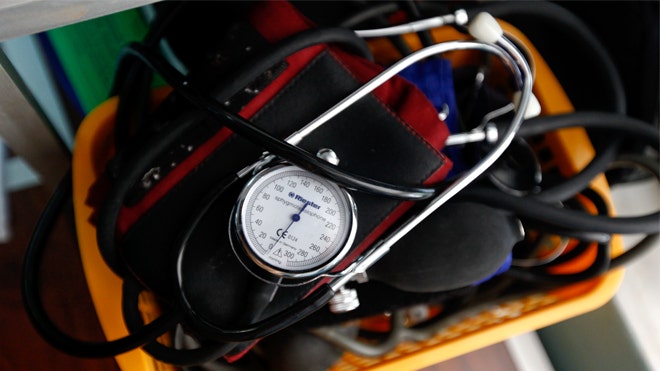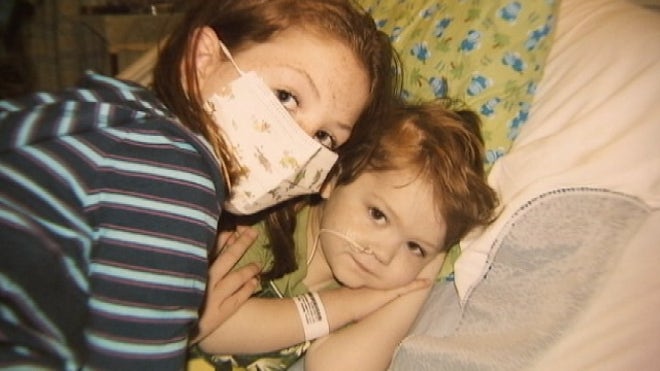
A nurse in a Michigan hospital kissed the patient’s forehead. More than 6,000 miles away, Sanaz Nezami’s family in Iran watched on a laptop computer and wept.
Nezami, a vibrant 27-year-old woman who could speak three languages, wanted to pursue an advanced degree in engineering at Michigan Technological University. Instead, she was brain dead just a few weeks after unpacking her bags, the victim of a fatal beating by her new husband, according to police.
Technology allowed family in Iran to watch her final hours. The family’s faith in the hospital staff led to consent for an extraordinary donation: Nezami’s heart, lungs and other life-saving organs were transplanted to seven people in the U.S., a remarkable gift that occurs in less than 1% of all cases.
“We wanted God to perform a miracle and bring Sanaz back to life,” her sister, Sara Nezami, said in a phone interview from Tehran. “But this is a miracle. Sanaz gave her life in order to give life.”

A nurse who took care of Sanaz Nezami said the experience was “eye-opening” for hospital staff.
“The family was willing to trust us to know she wasn’t coming back,” Kim Grutt said.
In August, Nezami married Nima Nassiri in Turkey and lived with him temporarily in the Los Angeles area, where he was born and raised. Her sister said the two met over the Internet.
Nezami, a native of Tehran, had a bachelor’s degree in engineering and a master’s in French translation. She wanted a doctorate degree in environmental engineering.
On Dec. 7, she asked her sister to proofread some English-to-Persian translation she was doing on the side.
“I was shocked,” Sara Nezami said. “Sanaz was a very precise girl, but she omitted some lines. I asked, ‘Are you OK?’ She told me there was no problem.”
The next day, Sanaz Nezami was rushed to a hospital with severe head injuries and was transferred to Marquette General Hospital. Police believe she was assaulted by her husband, who has been charged with second-degree murder. His attorney, David Gemignani, declined to comment.
“Her brain was so swollen and so damaged, there was no longer any blood flow,” explained Gail Brandly, who supervises nurses at the hospital.
No one knew anything about Nezami, so Brandly ran her name through Google. Suddenly, the stranger who couldn’t speak for herself came alive through a résumé posted online.
After about 24 hours, the hospital reached relatives in Iran. Immediate travel to the U.S. was impractical due to visa requirements, so a laptop was set up so the family could see Nezami on life support and talk to nurses and doctors over Yahoo Messenger.
“It isn’t something we’ve done in the past. It’s not every day we’re dealing with family members so far-flung,” said Dave Edwards, spokesman for the hospital.
At one point, Grutt was asked to stroke Nezami’s head and kiss her forehead.
Nezami was buried Dec. 18 in a local cemetery. As a light snow fell, the hospital’s chaplain, the Rev. Leon Jarvis, read Muslim prayers over the casket while about 20 people, mostly nurses and others who cared for her, watched.
Source: detroit free press










